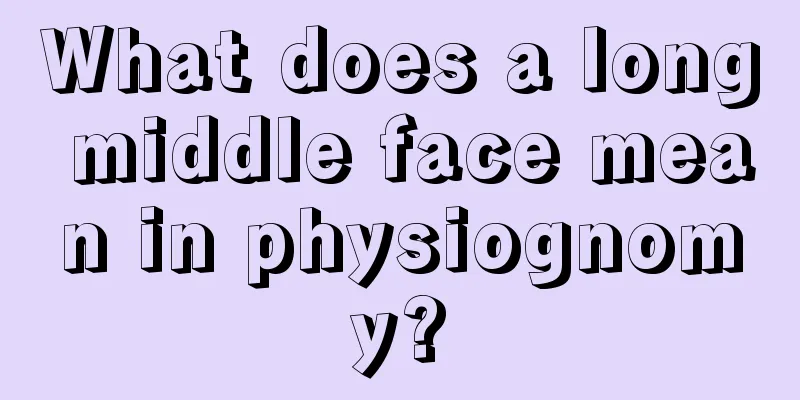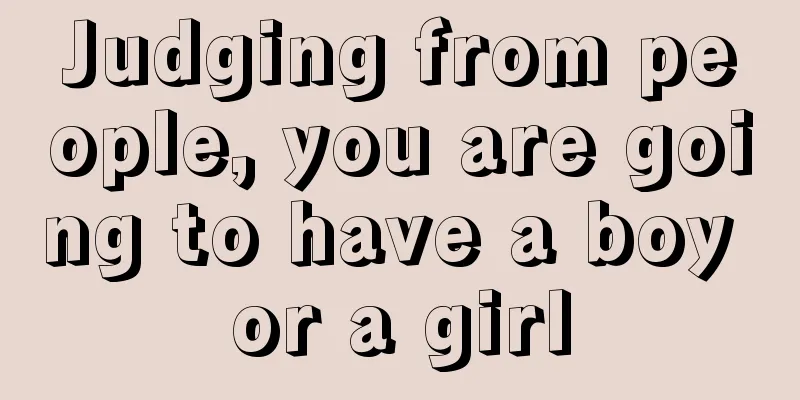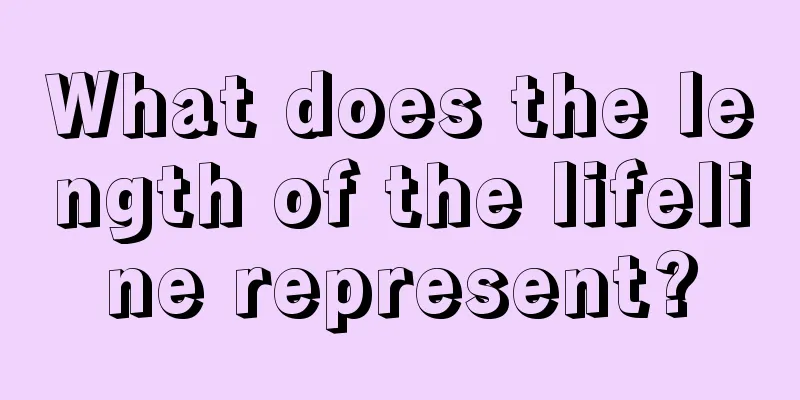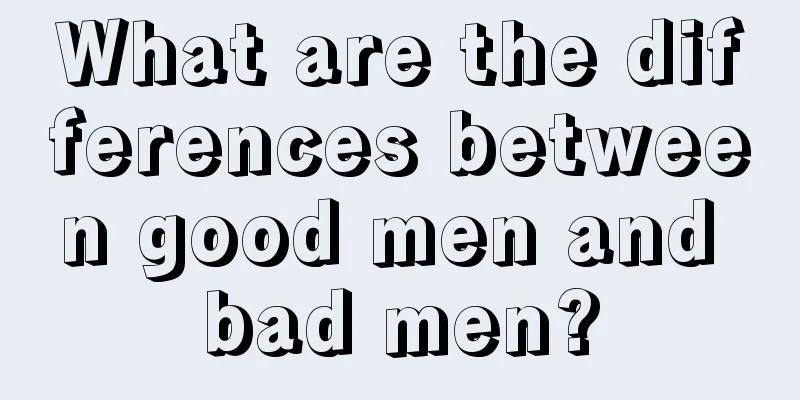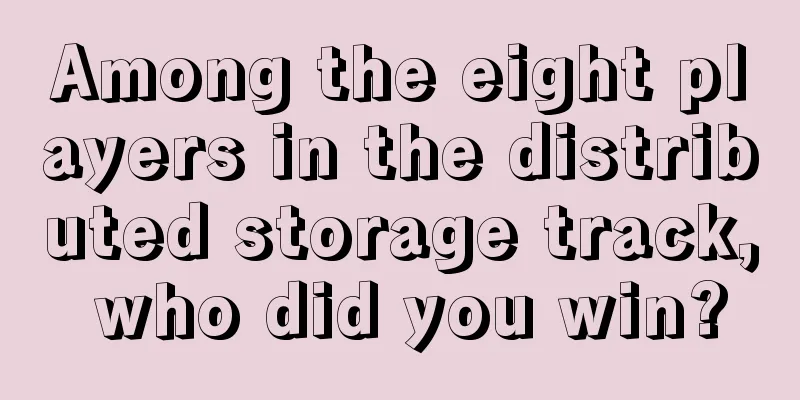To Elon Musk: Decentralize Twitter and give the internet back to everyone
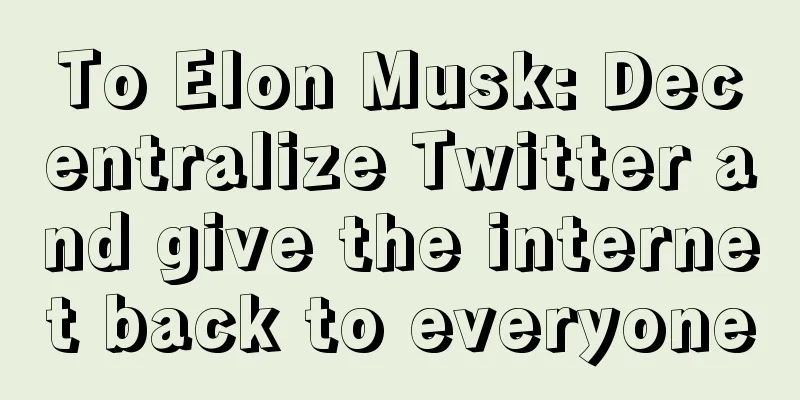
|
Dear Mr. Musk, First of all, congratulations on acquiring Twitter! As you have always emphasized the importance of decentralization and decentralization, we are eagerly looking forward to how this process will unfold. You and your team have the foresight to use Twitter's wonderful platform as a lever to pry a more mature and autonomous network. With the right design, a decentralized Twitter would enable a new kind of internet — one that fundamentally changes the relationship between users and platforms, where people own the data they generate across web applications. Looking at Twitter’s (TWTR) product lines like profiles, posts, messaging systems, and ads provides insight into what a self-sovereign web might look like and how to get people on board. Vision From your text messages with former Twitter CEO Jack Dorsey , you seem to think Twitter today is stuck in a bottleneck of the maximum utility it can provide. We can learn a lot from your emails in order to become more useful to users and further develop as a "protocol" rather than a company. Email is a protocol. You might use Microsoft Office, Dorsey might use Proton, and I use Gmail. We can all easily message each other and be on the same thread, but view and write our emails through different application interfaces (e.g. Outlook, Gmail). This model can be extended to social media using systems like Filecoin , Arweave , Ceramic , and Polybase. Users’ connections and posts would not be confined to a single “walled garden” like Twitter or Facebook, but would exist on the open web. This data could still be privatized and permissioned (and therefore monetized) through threshold cryptography-driven access controls (like what decentralized crypto network Lit is building). On a decentralized, user-sovereign, and privacy-focused social media protocol, users will be able to consent to which apps and connections can view their content across the interface platform, much like email. Enter One of the biggest hurdles for Web3 is the wallet UX. For some, keeping your own keys is a privilege, but for many more, it’s a burden. As a result, there has been a surge in interest in multi-party computation (MPC) over the past year. MPC wallets enable users to log into applications using traditional logins, PINs, and biometrics without the need to keep them themselves or rely on a centralized key holder custodian. Public User Data For public social graphs, such as Twitter today, there are already many active projects creating open source infrastructure to help people own their data. For example, Lens Protocol and Orbis are now live. Private User Data Of course, not all social data is public. Often, basic components in social networks and media, such as contacts, profile information, posts, and messages are private, meaning they are visible only to authorized people. Or, at least, it would be best to have that option. Today, at Twitter, this data is mostly locked up in Twitter and Facebook servers. An alternative would be to store this data encrypted on the open web and give users fine-grained control over who can decrypt and access it. This isn’t a new idea in online social networking, and the system syncs up with the early days of the web and the Pretty Good Privacy (PGP) encryption program still used by many. (PGP allows people to post their public keys anywhere to receive messages that only the holder of the private key can read.) Threshold encryption advances these privacy standards by allowing users to create rules about who can view their posts. If decentralized social protocols are widely adopted, this encrypted data could become available on the “open web.” For example, Alice might make a post and set it to “Anyone in my friends list can see this post.” Alice’s friend Bob can unlock the post on any platform by proving his identity with a signature from his personal wallet. advertise Advertising is often considered a dirty topic in certain Web3 circles, but the fact is that only about 10% of Internet users pay for premium applications and software. This means that most people use software services with ads. Tracking "conversions" to purchases is primarily done through last-click attribution, where a publisher (like Twitter) runs some software on its page that indicates to an advertiser (like an e-commerce store) that a user clicked on an ad. When that person makes a purchase, the publisher gets paid. This can also be decentralized. The user data system mentioned above can also be applied to advertising attribution. The "last click" is written as a verifiable credential to the individual's data center (encrypted and stored on the open network), and then advertisers can obtain access to decrypt this data. As regulators around the world continue to crack down on tracking cookies, incorporating the user and his/her consent into systems that track clicks and conversions offers a long-term path forward for content publishers. The decentralized web that supports global scale is still maturing, but now is the best time to start laying the foundation. If you are an ambitious builder who cares about the future of social networking and media, please contact us! David Sneider, Co-founder of Lit Protocol |
>>: The World Cup is about to start. Here is a guide to understanding the World Cup concept token
Recommend
Ethereum destroyed 3,000 ETH in half a day, and NFT projects became the biggest burners
Note: The original text comes from bankless, and ...
How to read nose face analysis
The nose is located in the middle of our face, an...
Women's face chart explains why you are still single
Hong Kong Feng Shui Master Su Mingfeng exclusivel...
What does Tianxiang Palace represent?
Tian Xiang, belonging to Yang Water, is a leaders...
The face of a man with a heart that is separated from his belly
The face of a man with a heart that is separated ...
The Olympics are coming. From sponsorship, NFT to fan tokens, how can the sports industry embrace blockchain?
From | cryptobriefing, compiled by | PANews Origi...
What is the role of complexion in physiognomy
What is complexion ? Qi is like the clouds floati...
Are men with droopy eyebrows more likely to get divorced?
Eyebrows have the ability to act like eyes, and i...
What are the facial features of women who suffer first and then enjoy happiness?
Some people in life have a hard time in their ear...
Do you really know what moles on both sides of the nose mean?
If the mole happens to grow on the wing of the no...
There is a horizontal line on the wealth line_palm analysis
The wealth line in palmistry can actually show a ...
Are women with hump noses unlucky? Will they bring bad luck to their husbands?
What is a hump nose? The so-called hump nose is a...
What is the fate of the snake?
Everyone's date of birth constitutes his or h...
What kind of man can get rich?
A man's fortune may be related to a woman'...
What does a mole on the left side of a woman's mouth mean?
Speaking of moles, I believe many of my friends ar...


